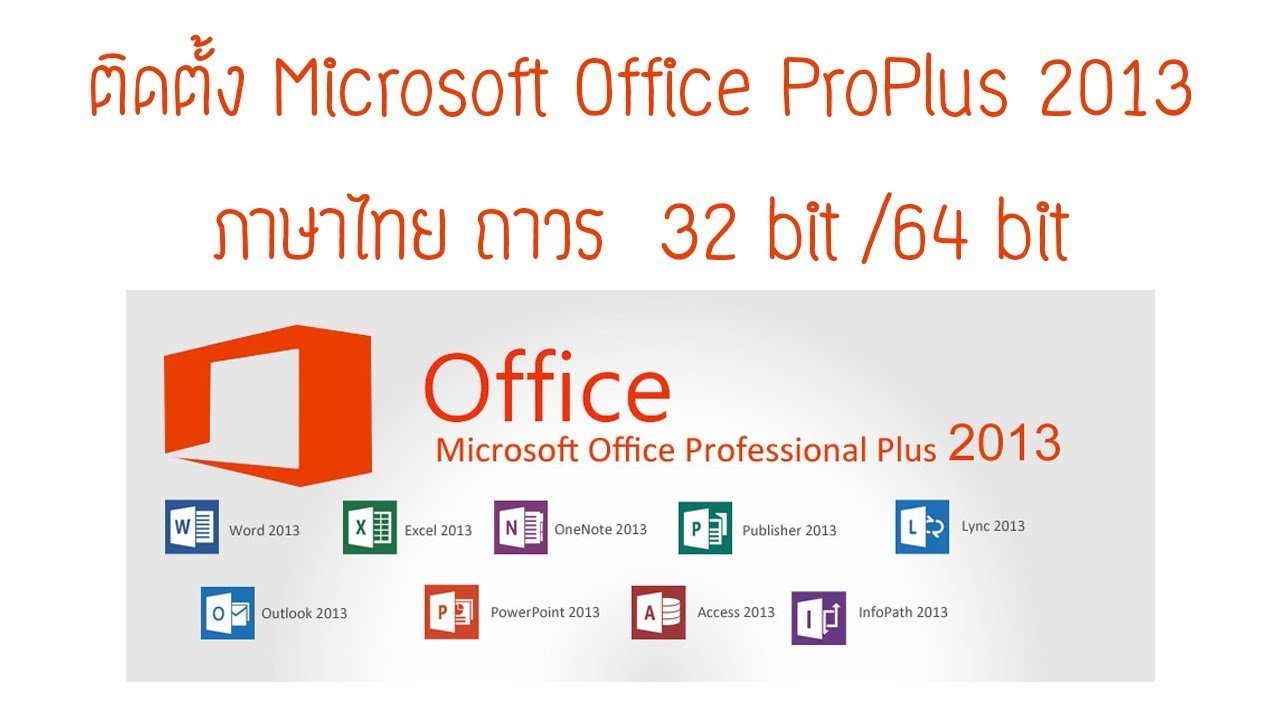

The 64-bit version tends to work much better with advanced graphics and large pictures/videos.
You will work with large videos, pictures, or animations using Powerpoint. When you should choose the 64-bit version: If you are stuck on which bit version you should choose, here are some compelling arguments for both versions. And, of course, if your computer is already running 64-bit Windows. Generally, the 64-bit is preferable if you’ll be working with large data and files. However, if you do not specify that you want the 32-bit version before the installation process, then the 64-bit version is automatically installed on all newer versions. If you already know which bit you want, all you need to do is specify which version. If you are not using the Office Newer Versions, see the sections below to find your specific year. 
This section is for users with newer versions of Office. Choose Between the 64-bit or 32-bit Office Newer Versions We will start with the bit versions for newer versions of Office. You will also learn how to install both the 64-bit and 32-bit versions. In this guide, you will no longer be confused about which bit version is best for you so long as you are using newer Office versions or the other years listed earlier. If you are working with Office 2016, 2013, 2010, and the newer versions, you will be presented with two different Office options: The 64-bit and 32-bit version.






 0 kommentar(er)
0 kommentar(er)
